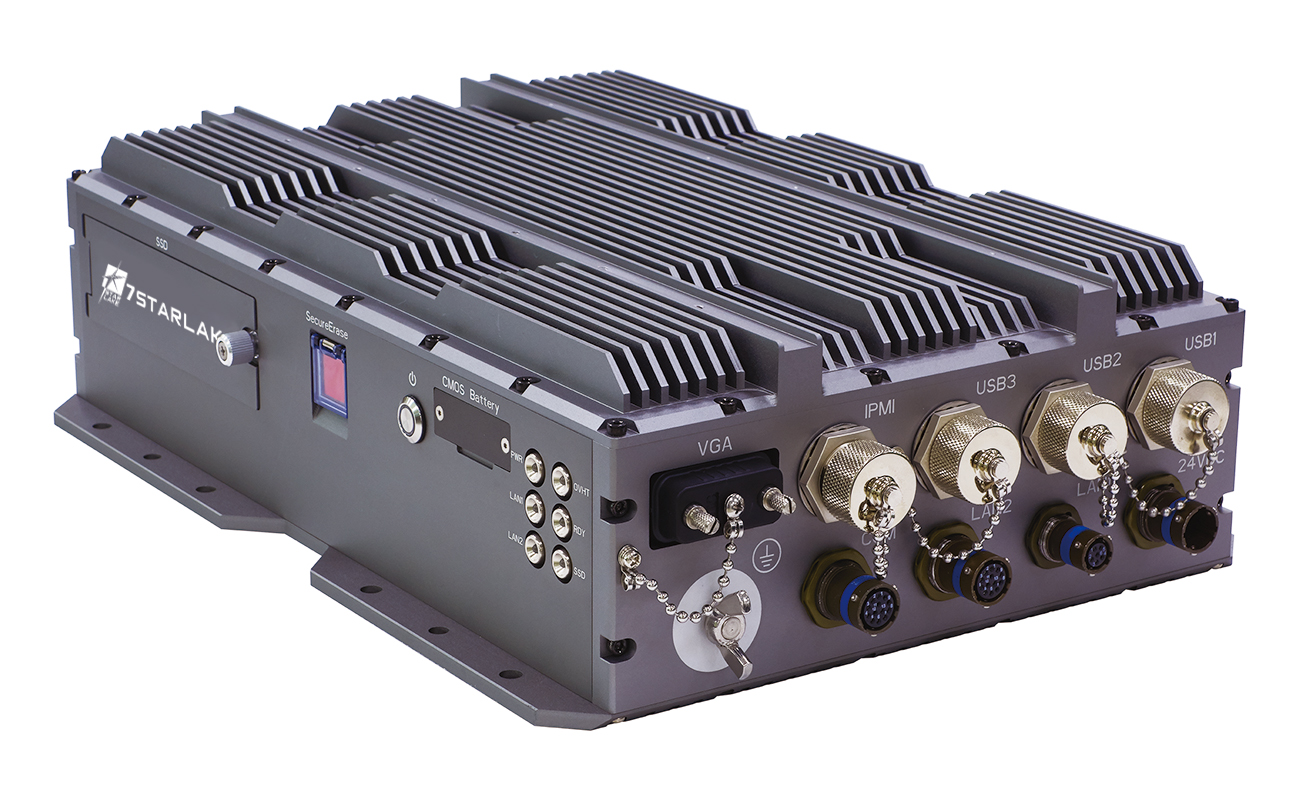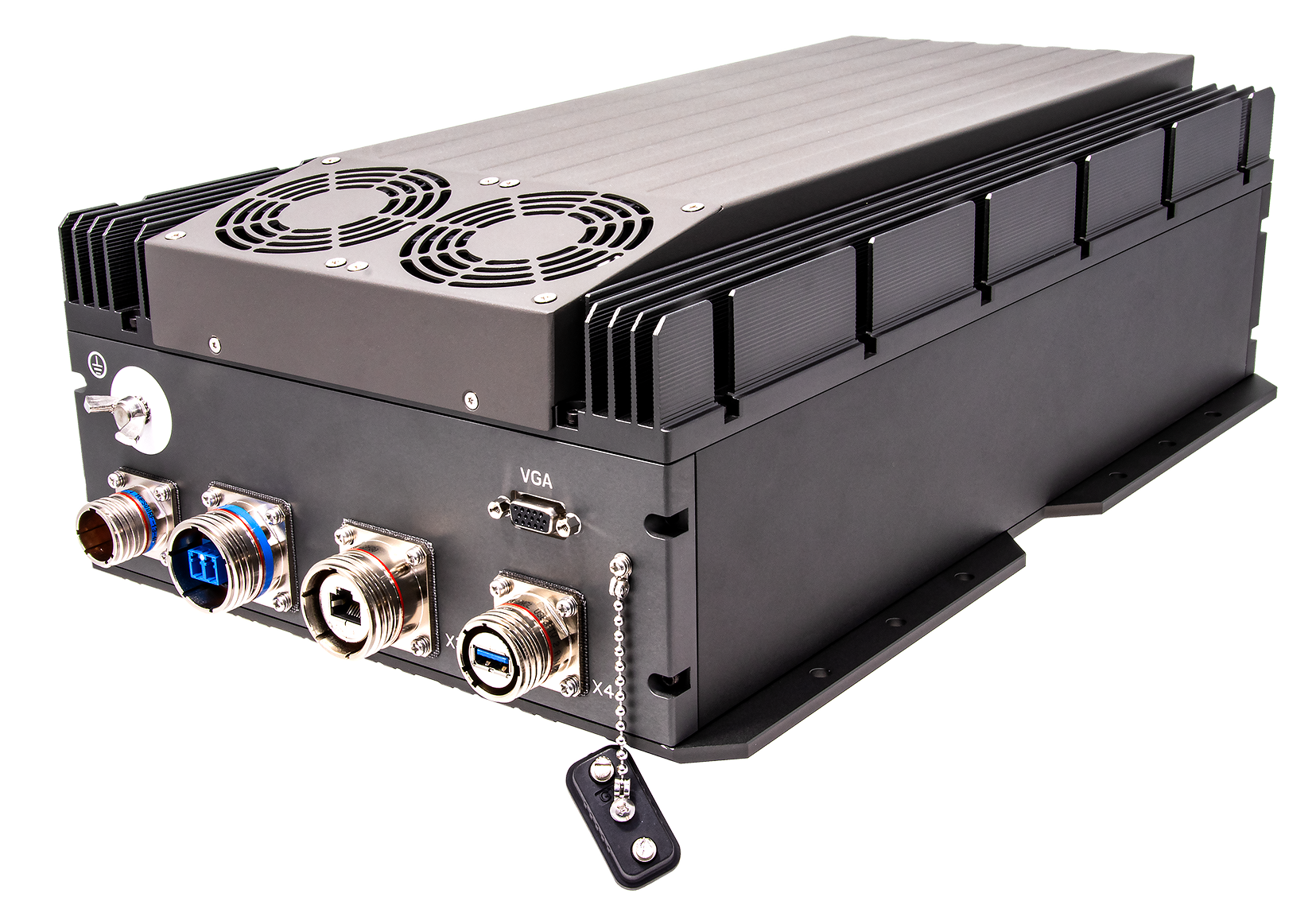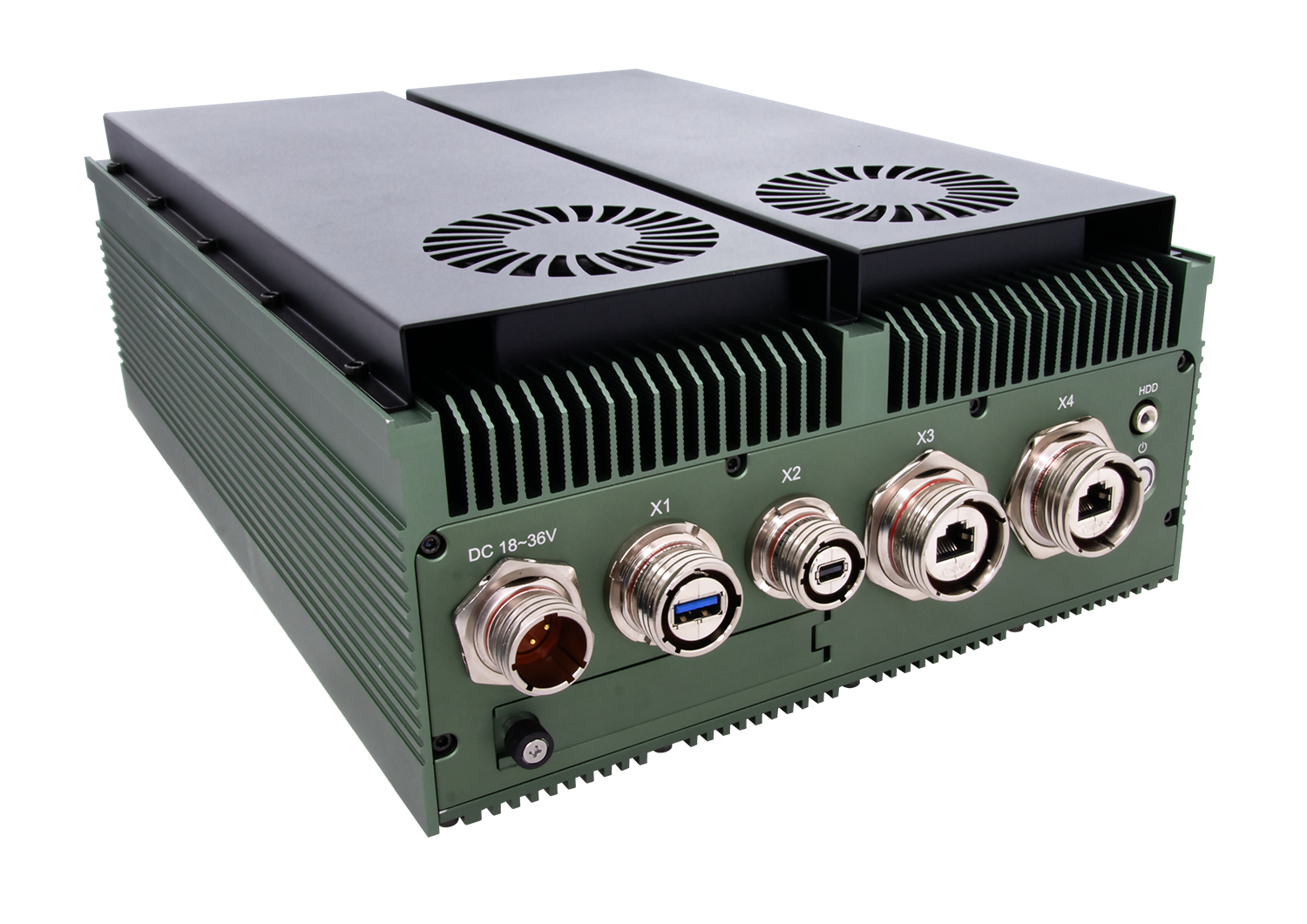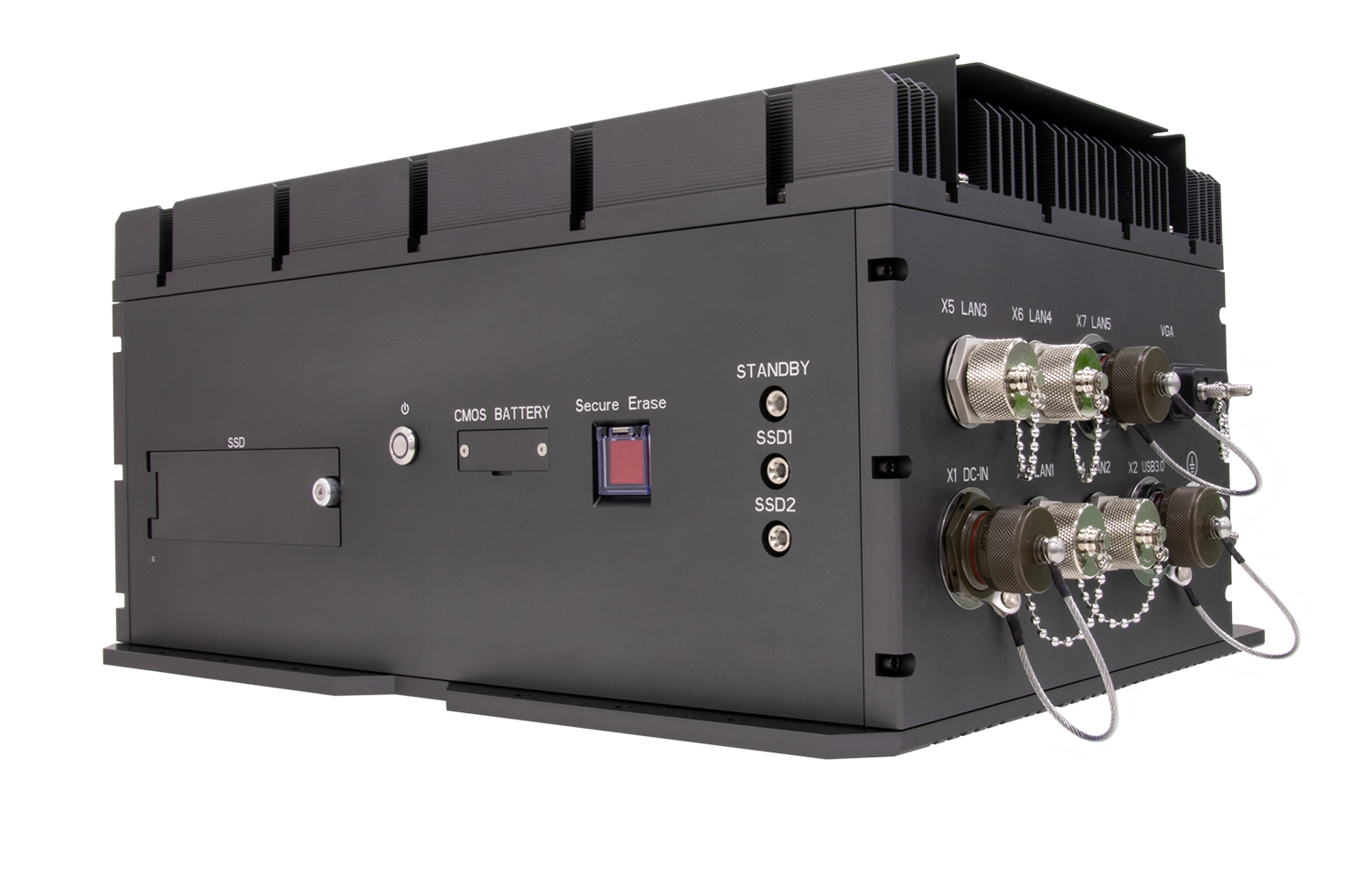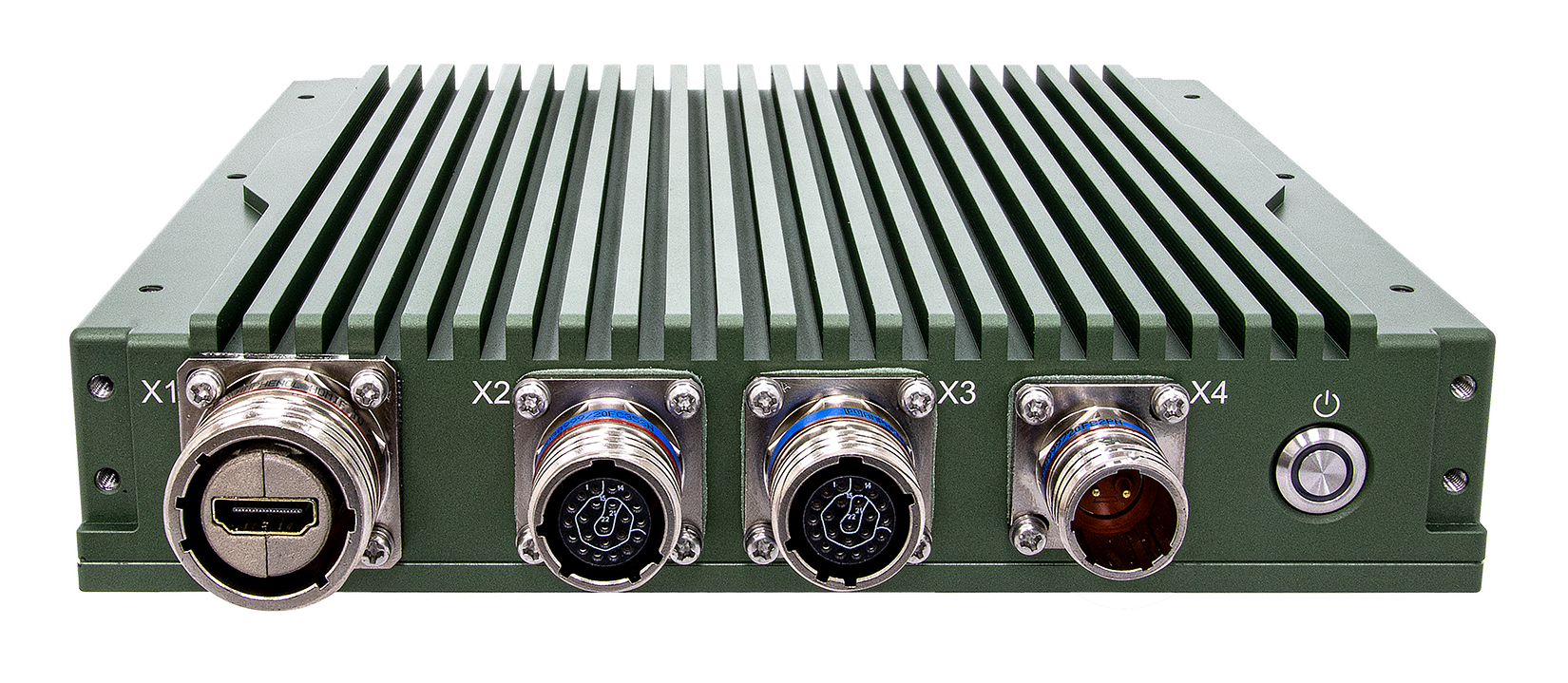Why a Certified Military-grade Computer/ Server is Crucial for Ground Vehicles, Maritime Vessels, and Aircraft Deployment
The main reasons are as follows:
-
Reliability in Extreme Environments
-
Protection from Electromagnetic Interference (EMI)
-
Data Security & Encryption
-
Real-Time Processing
-
Redundancy and Fail-Safes
-
Long Lifespan & Support
-
Resistance to Physical Damage
-
Interoperability
-
Mission Continuity
MIL-STD-461 is a military standard that establishes the control of electromagnetic interference (EMI) emissions and susceptibility characteristics of electronic, electrical & electromechanical equipment and subsystems for military equipment.
EMI encompasses any undesired signals, “noise”, generated by electronic equipment. Keeping EMI under control is crucial for military applications, because if it’s out of control, the military will be detected by the enemy and it might cause a great loss. To design a product that meets strict requirements, engineers should possess extensive knowledge of both electrical and mechanical design to avoid unintentional generation, propagation and reception of electromagnetic energy, which may cause unwanted effects, for example, physical damage in operational equipment.
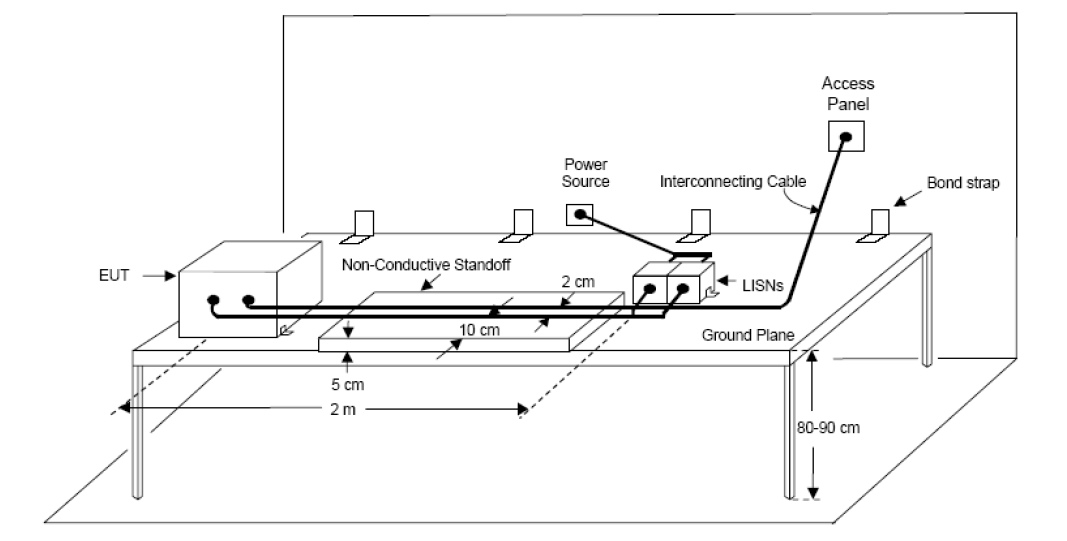
7Starlake MIL-STD-461 PRODUCTS
Why EMI Control Matters in Military Computers and Servers
Military platforms like aircraft, ground vehicles, and naval vessels are packed with sensitive electronics — radar, communication, navigation, weapons systems. EMI can cause:
-
Signal collision
-
System malfunctions
-
Mission failure
-
Safety hazards
Overall Protection Benefits
System Integrity: Ensures equipment functions as designed, free from signal collision, for secure and uninterrupted performance.
Interoperability: Enables multiple systems to operate in harmony without cross-interference, ensuring efficient coordination and communication across platforms.
Stealth & Security: Reduces EM emissions to minimize detection risks and enhance operational secrecy against enemy SIGINT or EW threats.
Survivability in EM Warfare: With RS103 compliance, systems can resist hostile jamming and RF attacks, ensuring reliable performance in high-threat environments.
| Test | Category | What It Measures | How It Protects Military Assets |
| CE102 |
Conducted Emissions (Power Leads) |
Measures RF energy (10 kHz – 10 MHz) emitted through power lines |
- Prevents electrical noise from interfering with nearby equipment via power systems - Ensures quiet operation in shared power environments like aircraft or armored vehicles |
| RE102 | Radiated Emissions |
Measures radiated RF signals from equipment (10 kHz – 18 GHz) |
- Prevents unintentional radiation from interfering with nearby sensitive equipment (e.g., sensors, comms) - Reduces risk of electronic detection by adversaries (important for stealth and SIGINT protection) |
| RS103 | Radiated Susceptibility |
Assesses how well equipment withstands external RF energy (2 MHz – 40 GHz) |
- Ensures systems can operate reliably in EM-intense environments (e.g., radar, jammers) - Prevents mission-critical systems from being disabled or degraded by external sources |
In short, CE102, RE102, and RS103 are essential to maintaining operational readiness, survivability, and mission assurance in the electromagnetic battlefield.
| Standard | CE102 | RE102 | RS103 | |||||
| Test Type | Conducted Emissions , Power Leads Test | Radiated Emissions, Electric Field Test | Radiated Susceptibility, Electric Field Test | |||||
| Frequency Range | 10 kHz - 10 MHz | 10 kHz -30 MHz | 2 MHz - 18 GHz | 10 kHz - 18 GHz | 30MHz to 5GHz | 80 MHz - 3 GHz | 1.5 MHz - 5 GHz | 2 MHz - 18 GHz |
| HORUS200 | V | V | V | |||||
| SR800 | V | V | V | |||||
| SR800-D21A20 | V | V | ||||||
| AV800 | V | V | V | |||||
| AV800-D27 | V | V | ||||||
| AV600-RH-A45 | V | V | V | |||||
| THOR100S-X13D | V | V | ||||||

